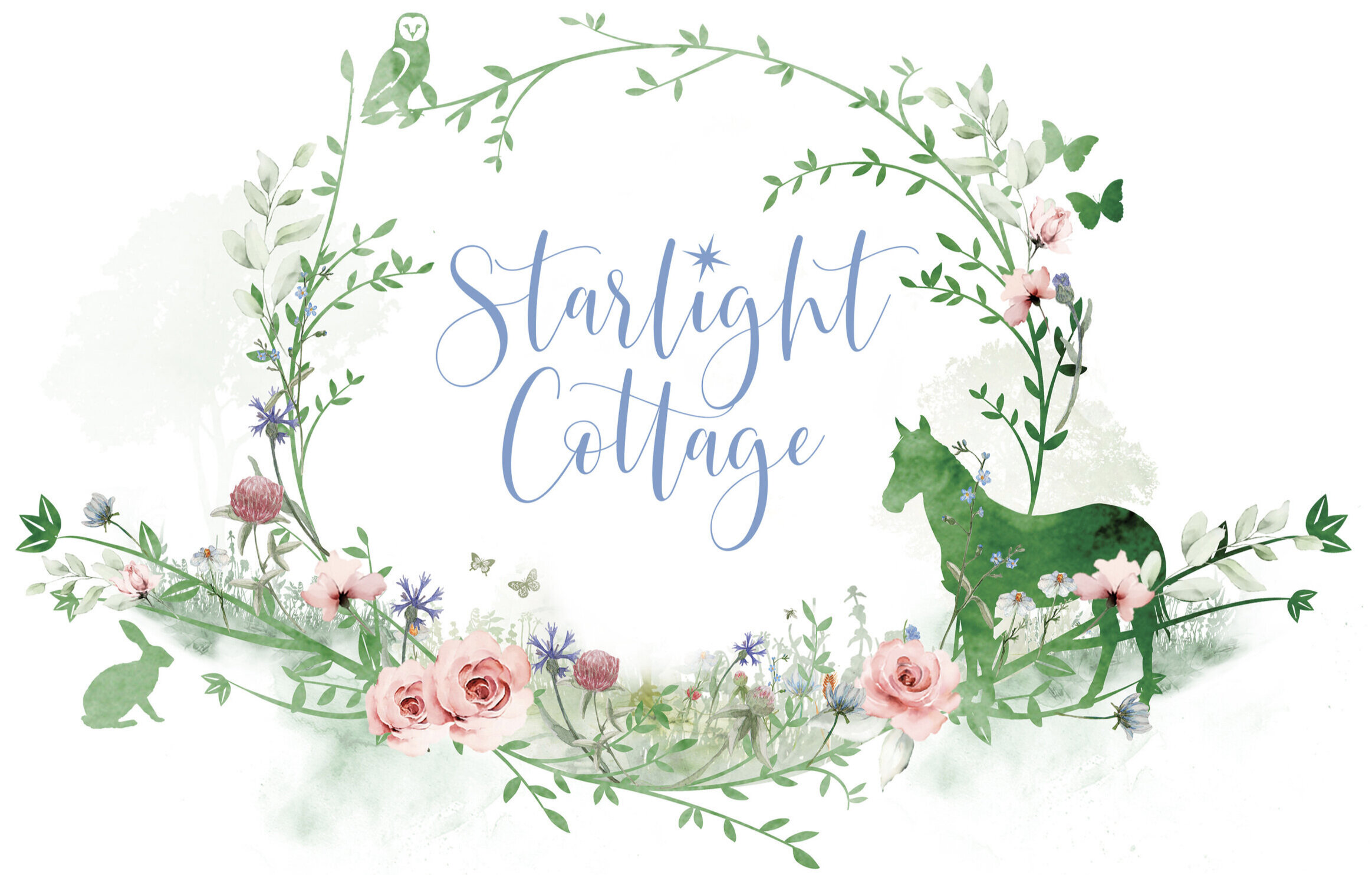What is Hygge?
Hygge is a Danish phenomenon which has become a ‘big thing’ in the UK as well - though as my friends know, I was an early advocate of it on these shores many years ago. There are quite a few myths circulating about it which I want to clear up - this is ‘The Starlight Cottage Short Guide to Hygge!’
Hygge can be both a noun, verb and adjective (hyggelig). So you could say: “that is a hyggeligt sitting room” but also “I am going to hygge mig this evening”. It has become an official word in the Oxford English Dictionary since 2017, where they define it as: “A quality of cosiness and comfortable conviviality that engenders a feeling of contentment or well-being (regarded as a defining characteristic of Danish culture)”. That’s fine, but still a bit limiting in my opinion. The Cambridge Dictionary on the other hand gets it completely wrong - they recognise it can be an adjective but then use an example ‘Even a picnic in the park can be very hygge, when done in the Danish way’ which is not using the adjective. It should be that a picnic can be very hyggelig.
By the way - it is pronounced ‘huːɡə ’ - if you want to hear the pronunciation then go to the second row, left-hand audio clip here (all the others are odd / wrong). A BBC article which helped made hygge into a famous concept said it was pronounced ‘Hoo-Ga’ - what were they thinking?!
When you meet someone new in Denmark you can say: “Hyggeligt at møde dig” - it is essentially the same as ‘nice to meet you’ but by putting hygge right in there you are hoping that meeting this new person will enable more hygge. Not more networking or more Facebook friends - more hygge. People = friends = hygge.
In the media it has been identified as something to do with cosiness - log fires (see the image I picked - I do love my wood burning stove!), chunky cardigans and hot chocolate. Certainly, all those things ARE very hyggelig - but hygge is not only a winter thing. Hygge has no set season. It is about spending time with people you love being around (the best compliment to pay a friend who has cooked dinner is to say ‘tak for den hyggelig aften’ / ‘thank you for the hyggelig evening’). But you can also find hygge on your own - it’s about doing the things which are relaxing, joyful and fun. Making the everyday special.
You can find hygge in many places - on a beach, on a walk, in a crowded sports stadium, at home, at work, as well as in front of the stereotypical open fire or Christmas tree. Don’t limit yourself when it comes to hygge, squash it in everywhere. I sometimes struggle to find hygge on the Tube in London, but I did once see a woman knitting and having a wonderful chat to a stranger - good for her!
Hygge is not only for special, fleeting moments - it is meant to be a core part of your everyday life. In Danish, we reference it often. On a Friday, colleagues will wish each other ‘have a hyggelig weekend’ - it is a set expectation that your weekend should not only be a good weekend, it should be full of hygge. Since that means doing things that bring you joy, positive psychology is already pre-built into the Danish language. No wonder Denmark keeps being voted among the happiest countries on the planet. If you feel tired or run-down - the cure is some hygge time.
One of the key areas in the World Happiness Report where Danes score highly is in the area of whether you feel that you have individuals, personal values or a community to truly depend upon and trust when the going gets tough. 95% of Danes believe that they do. Which is hardly surprising when a central facet of hygge is to build up close and cosy relations with a wide social network - to have hyggelig encounters at the bakery in the morning (don’t get me started on what makes an authentic Danish pastry…), to hygge with colleagues, then to hygge with friends before heading for home and engaging in yet more hygge with the family… that means believing in others and trusting them.
Hygge relates really well to mindfulness - this didn’t strike me until a good few years after I had started practicing mindfulness - but when it did it was such an obvious thing! I would say mindfulness is setting out to be aware and to take a pause and to appreciate the moment you are in while you are in it - not worrying about the past or the future, and achieving a state of being rather than a state of doing. In contrast, hygge is also about appreciating the moment you are in - but it can be an active ‘doing’ state as well - dancing, chatting with friends, having a great time - hygge is when it you have great moments ‘just because’ - and it feels wonderful. Often when you are experiencing hygge you will realise that you have completely lost track of time and become completely absorbed in what you are doing.
Hygge is the best - make sure you enjoy some of it everyday. That’s each of the 365 days of the year - don’t miss a single one!
You can find hygge in front of a roaring fire - but you can also find it in many other places.
“Hygge was never meant to be translated. It was meant to be felt. ”

